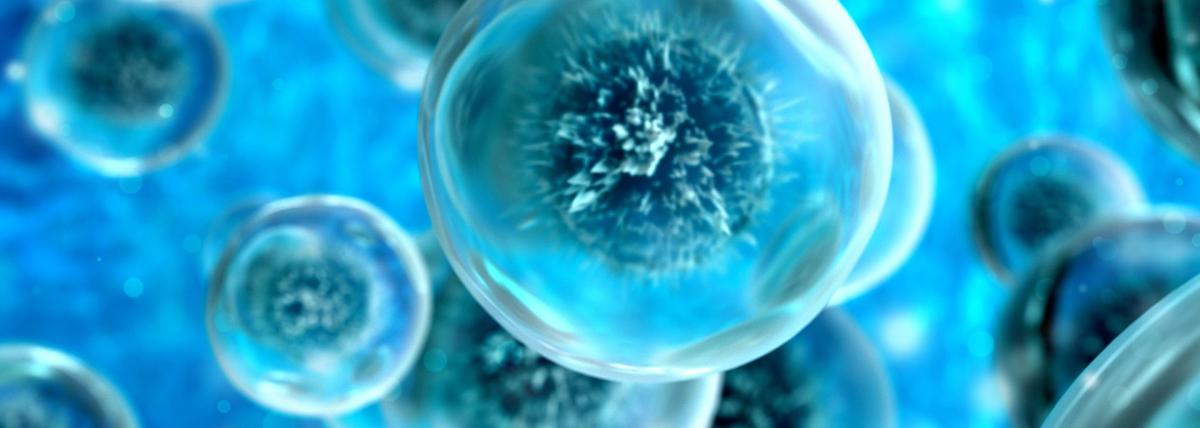
In this engaging STEM lesson for 4th - 5th graders, students explore nanotechnology through hands-on activities, discussions, and a creative project. They learn about the tiny world of nanoscale
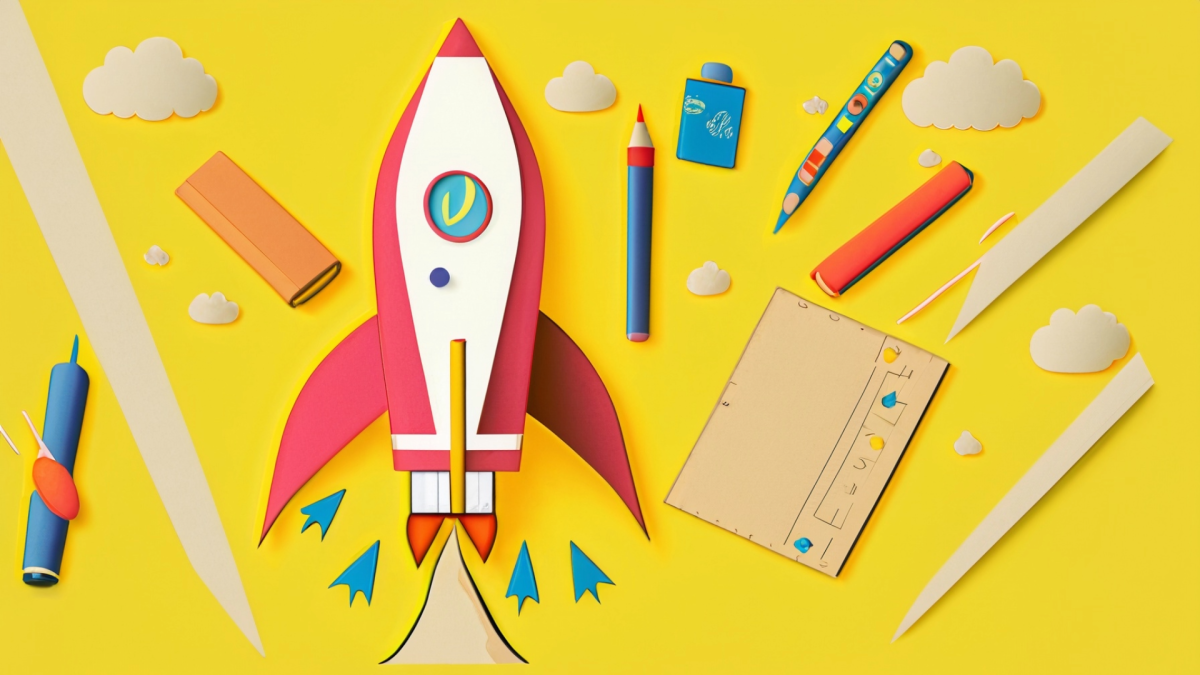
In this lesson, students create paper rockets and measure the distance launched. Students are using the engineering design process and are provided time to modify their design in order to increase the
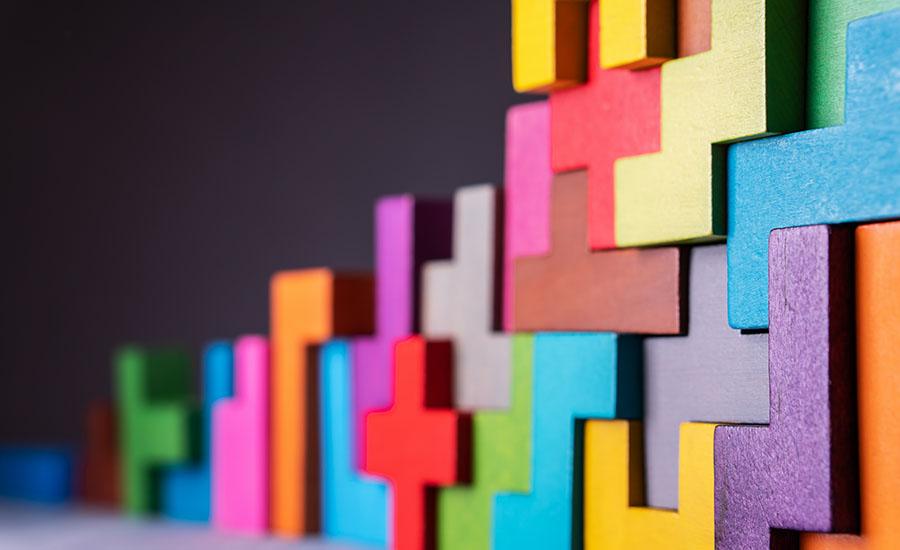
Students will investigate the properties of different types of matter and apply the concept of "P1: Matter" to design, model, and 3D print an object using a MakerBot 3D printer. Hands-On STEM Design
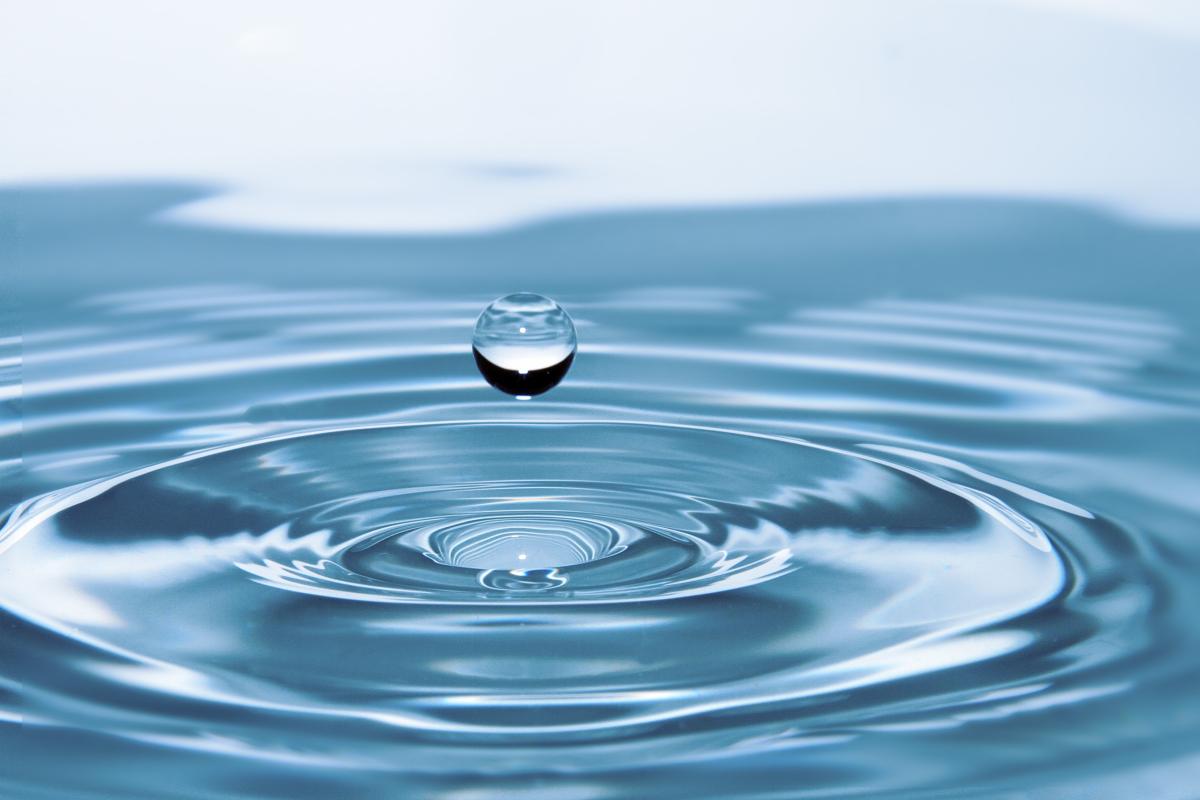
This lesson was designed because students love to compete, and it primes them to use the Engineering Design process to build a boat and revise their design as needed. Students must use at least one
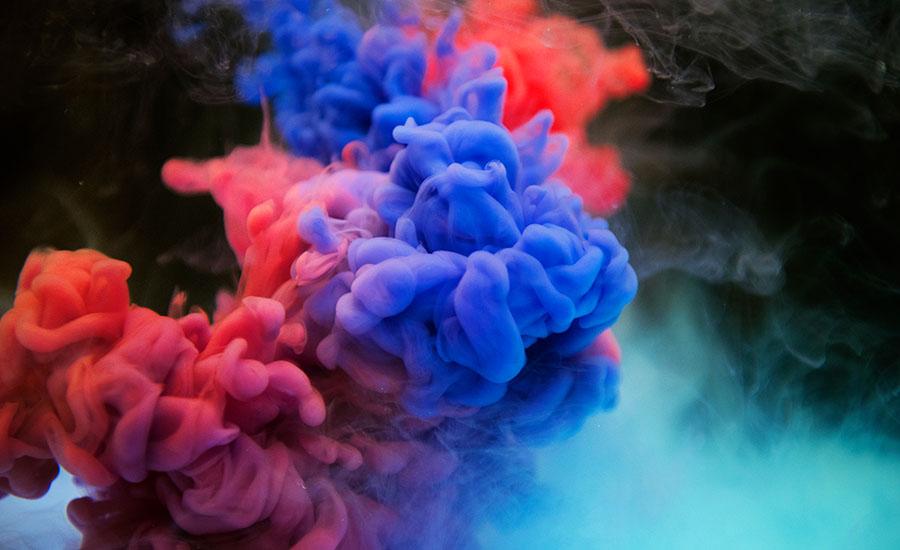
Students will ask questions and carry out a collaborative investigation to determine which ingredients produce the best Cloud Dough. Students will use their 5 Senses to modify and adjust the recipe as

This STEAM lesson is ideal for Tucson/Pima County Middle School Students who can participate in the annual KIDStruction building contest but you can also duplicate many of the learning opportunities
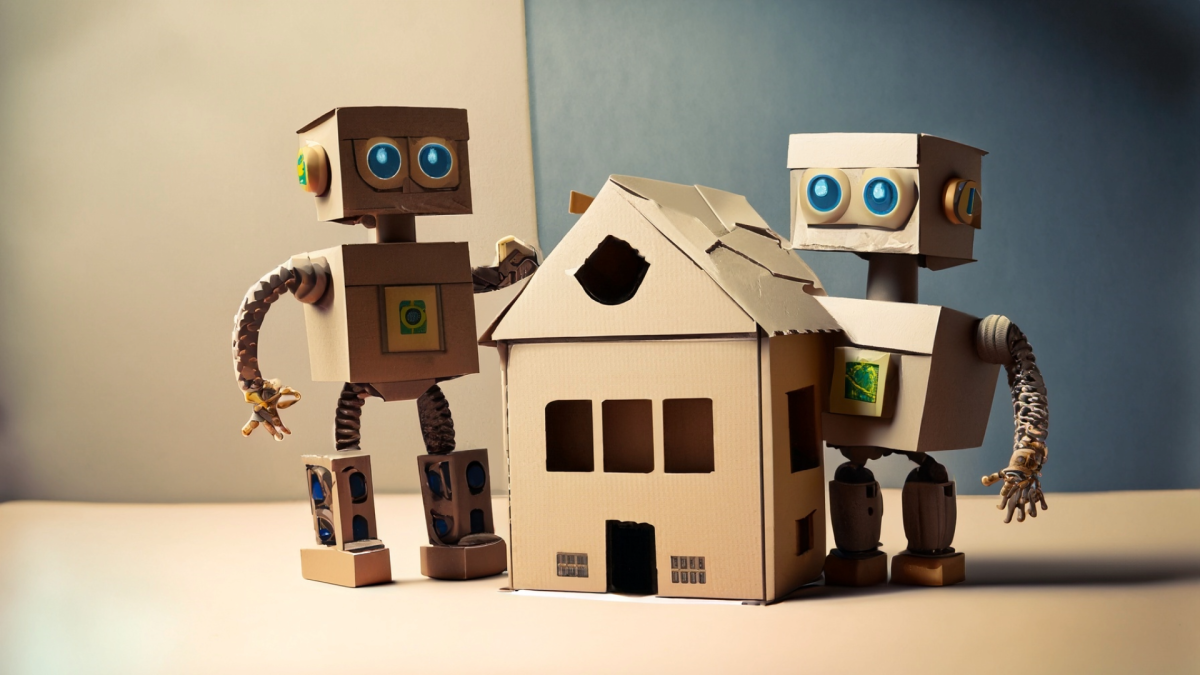
In this hands-on engineering and science project, students will become earthquake engineers tasked with designing and constructing earthquake-proof structures using toothpicks and mini marshmallows
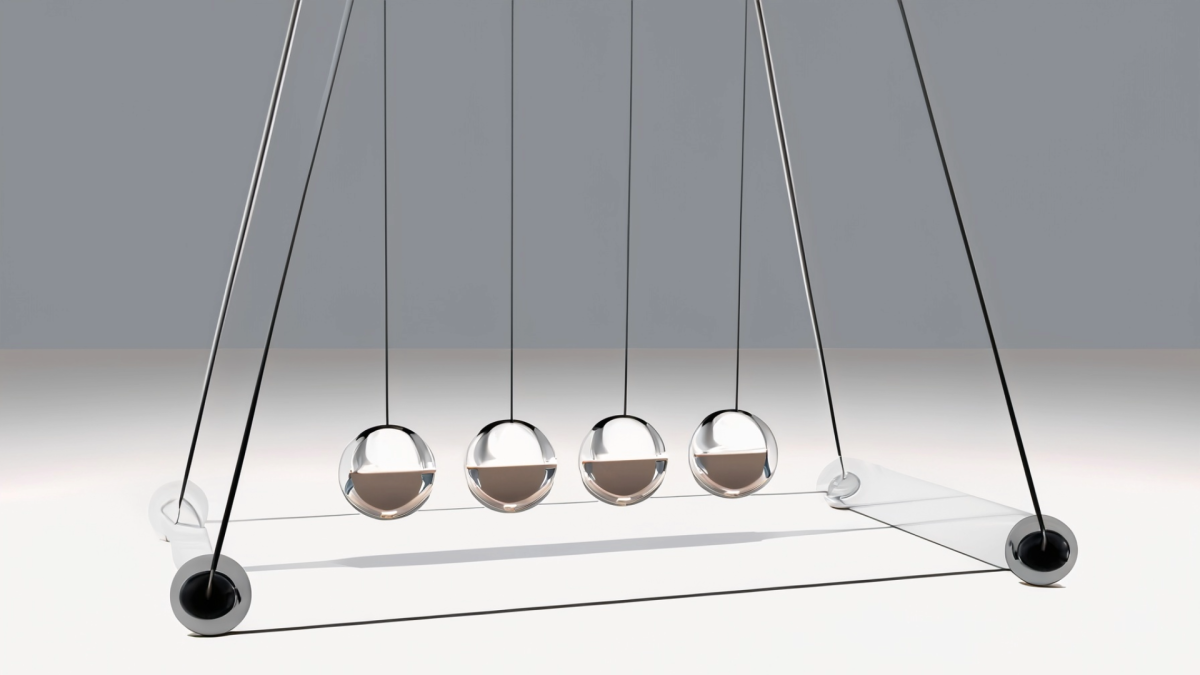
In this project, 8th-grade students will engage in hands-on exploration of elastic potential energy and its conversion to kinetic energy using small catapults. Through experimentation and data

In this lesson, students will research information to describe climates in different regions of the world. Then students will design a prototype of different tools used in understanding climate.

This is a fun unit that will discuss drones and gives students the opportunity to build an obstacle course to fly the drones through.

In this multi-day lesson, students will learn about prosthetics, design and build a model of a prosthetic limb, research prosthetics today and then have a Socratic Seminar to both share and debate

This hands-on lesson helps students understand exponential functions by using an LED circuit. LED luminosity decreases at an exponential rate as more are added in series. As students add more lights

This lesson allows robotics students to redesign a working floor vacuum and design it to fit the needs of a robotics lab - it should be able to pick up heavier and larger objects or loose parts off

In this lesson designed for 7th grade, students will explore increasing and decreasing magnetic field of electromagnets by changing the iron core, wire gauge, or wire coils to determine which variable
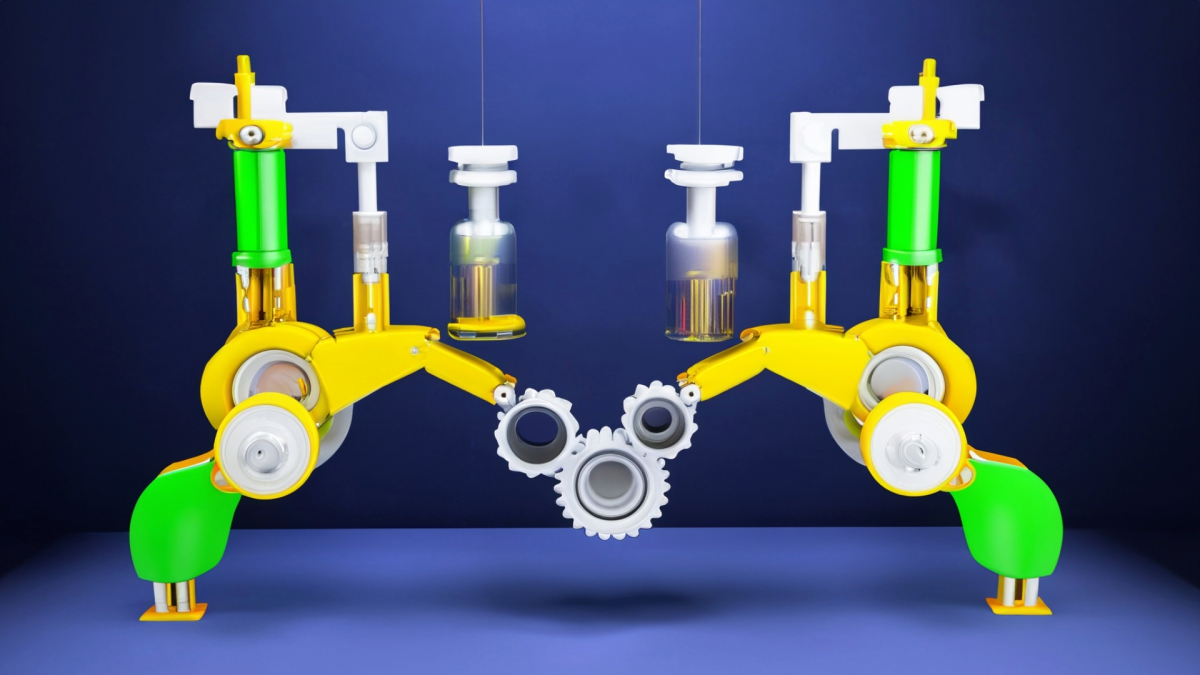
Students will understand the concept of levers as simple machines and will identify and classify everyday objects as levers. Students will apply basic mathematical concepts to measure and compare the

After becoming familiar with the factors that affect lift from the previous Flight Basics lesson and going over key weather concepts from this lesson, students will be expected to make a device to

This is the part 2 of composting lesson aligned to narrative writing. In this lesson, students embark in the experience of observing the decomposition process of the materials, identifying the factors

This is the part one of the composting lesson that is aligned to the ELA standards of narrative reading and writing. In this lesson, students build their experiences by preparing the bucket composters

This four lesson unit helps students explore the steps involved in the initial building of a new school: selecting a site based on the boundary and size of the land and then explores light energy and

Student learn to code robots using VEXs free VEX VR code.
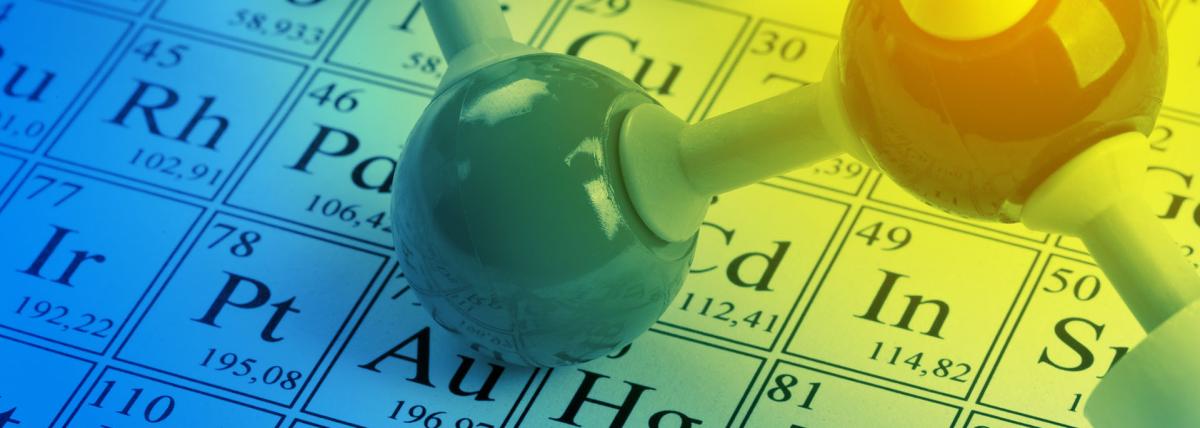
Structured activities to support learning up Quantum Model as improvement over traditional "solar system" atomic model, or Bohr's atomic model. Students learn to relate Quantum numbers to describe

Students learn about the chemistry that exists in some of the world's oldest surviving paintings. This lesson is the final part of a 3 part painting series, and focuses on binding agents in paint

Kindergarten students develop an understanding that the world is comprised of living and non-living things. They investigate the relationship between structure and function in living things; plants

Students will be able to recognize that living things are made up of parts. Different animals use their body parts in different ways to see, hear, grasp objects, protect themselves, move from place to


